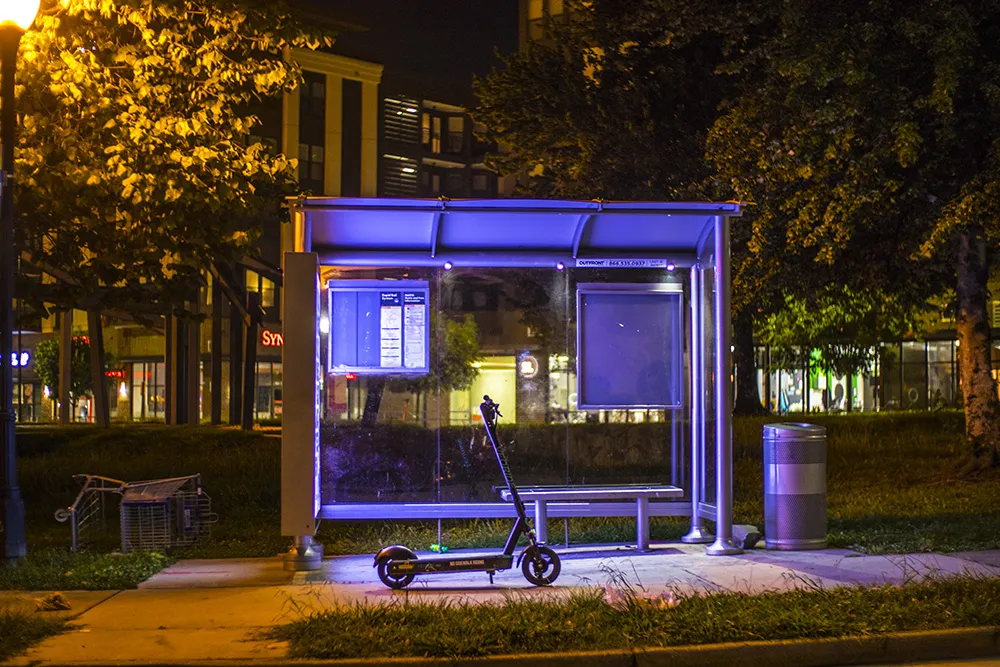The new warns the driver visually and audibly of any potential collision with pedestrians and at the same time automatically triggering partial braking. This gives the driver every opportunity to prevent a collision with a pedestrian: the driver can warn the pedestrian using the horn, initiate maximum full-stop braking or steer to avoid the collision.
Active Brake Assist 4 with pedestrian recognition is based on new-generation radar technology which also features in the latest
The long range radar registers multi-track vehicles and stationary obstacles at a maximum distance of up to 250 m in a direct line in front of the coach, single-track vehicles such as bicycles at up to 160 m and pedestrians at up to 80 m. The short range radar has a maximum range of 70 m and is even able to recognise pedestrians and vehicles to the sides ahead of the coach.
ABA 4 will become available in the spring of 2018 for the Mercedes-Benz Tourismo. The Setra touring coaches, including the ComfortClass 500 and the TopClass 500, will also have ABA 4 on board. ABA 4 is available free of charge to customers selecting the popular autonomous intelligent cruise control option (ART), which provides the necessary radar technology for ABA 4.
Daimler Buses introduces pedestrian recognition for buses
Daimler Buses is launching the new Active Brake Assist 4 (ABA 4) with pedestrian recognition which it says is the world's first emergency braking assistance system in a bus to automatically brake for pedestrians.
July 4, 2017
Read time: 2 mins








